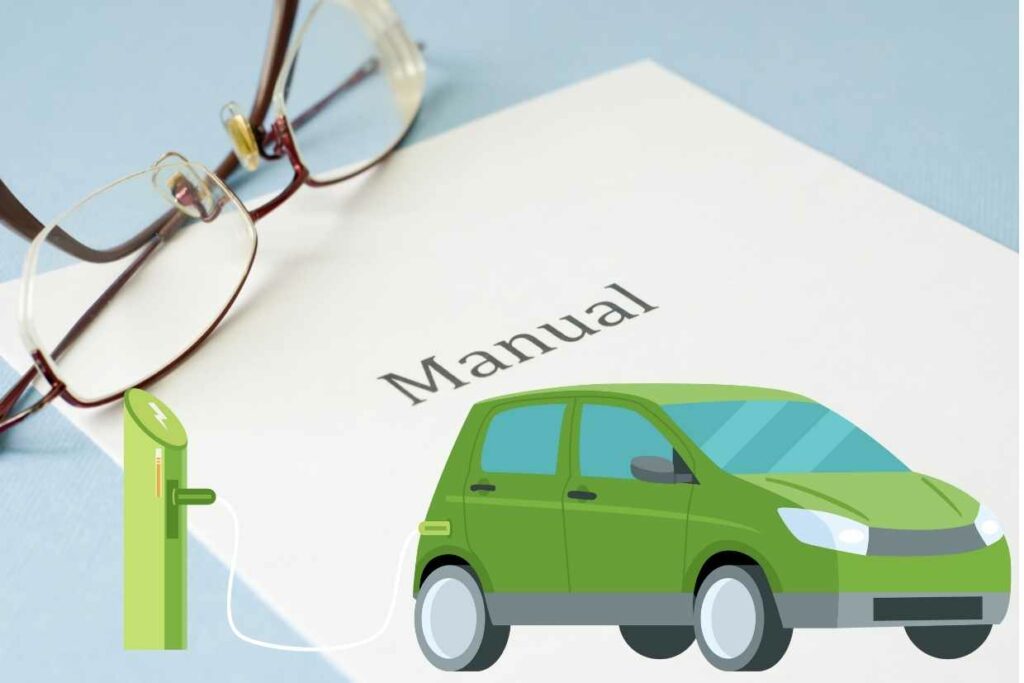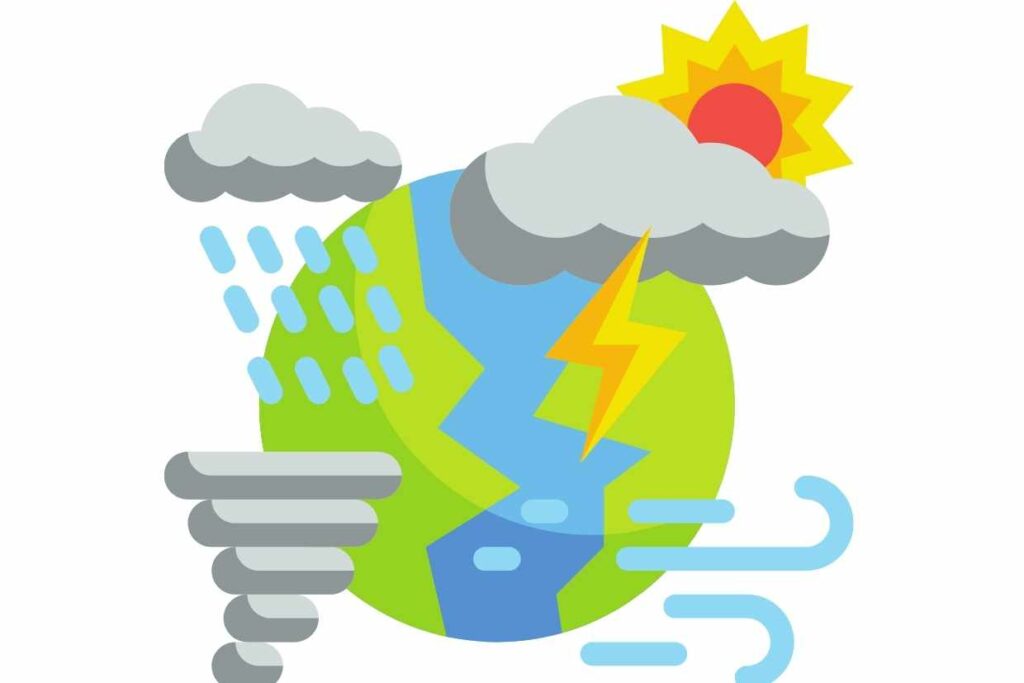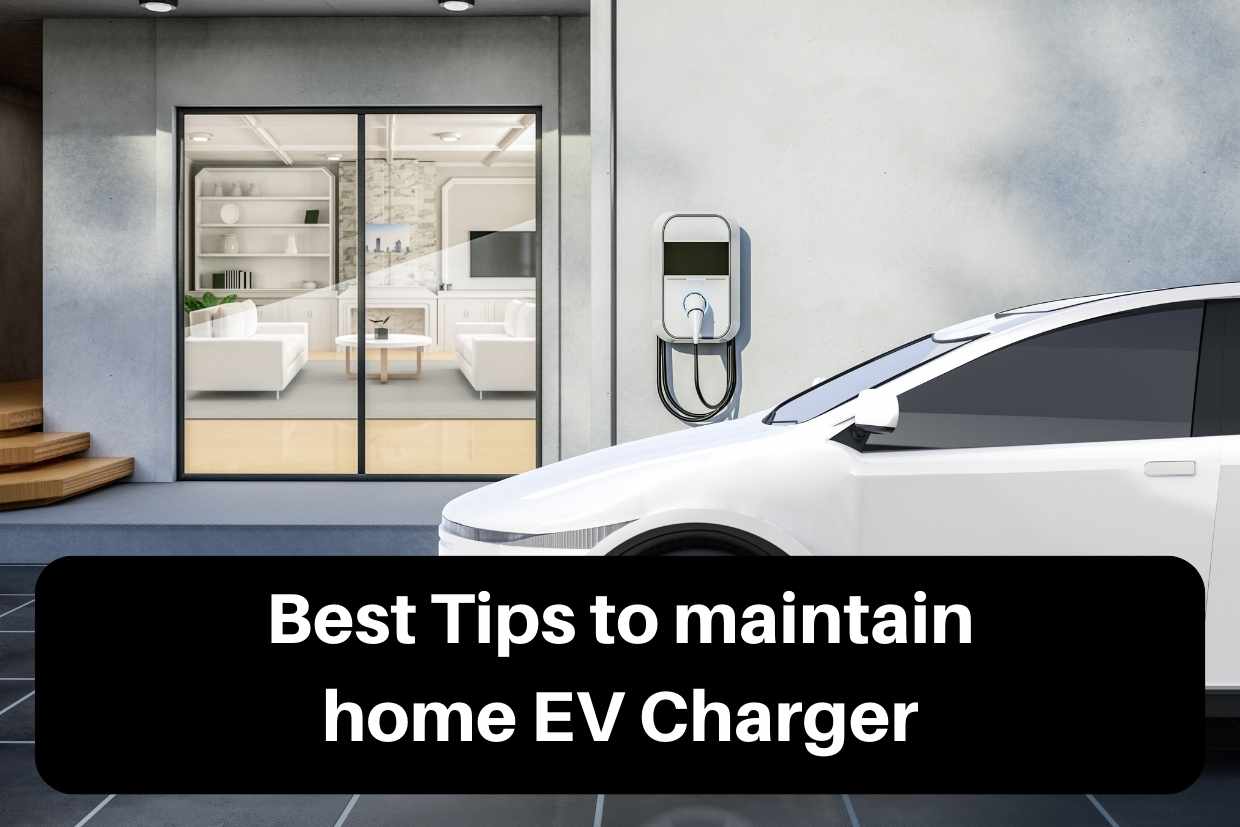If you have invested in a home EV charger, you should know that caring for your battery is very important. It helps you protect your investment in a big way. The last few decades have seen a tremendous rise in the use of devices that use batteries. These devices include smartphones, laptops, and vehicles as well. Electric cars have become an important part of our lives, gradually conquering society. Many people are inclined towards buying electric cars. After purchasing a good electric vehicle, people are considering buying a home EV charger for convenience. But in the process, there are certain things that we should remember, and maintenance of the whole EV charger is one such fine. This article will discuss the best tips for maintaining home EV chargers.
Why should we pay close attention to maintenance? Other devices like smartphones and laptops do not need such care. The main reason is that a home EV charger is a significant financial investment when considered with the charges of other devices. At the same time, electric vehicles are expected to long last long when compared with smartphones and laptops. Let’s get started!
Get home EV charging maintenance services from a partner that you can trust.
When there is a rise in the use of electric vehicles, there will also be a rise in EV chargers. Electric cars are here to stay; therefore, you should pay attention to the safety and reliability of the home EV charger you are about to purchase. When it comes to safety, consistent maintenance is something that you must pay attention to. To meet these technical maintenance requirements, you will need the help of professionals. Make sure you hire the right people and company because it will help you in the long run. You do not need to waste such a massive investment because of some inexperienced people.
How to identify that your home EV charger needs repair?
How can you identify that your home EV charger requires repair or maintenance? Let us give you some points. Home EV charges can get damaged externally. There can be reasons behind that, such as climate and weather. But home EV chargers do not require maintenance or repair as often as a public charging station. Public charging stations tend to get damaged because they are used frequently. But the issues I mentioned can result in the charger not working correctly in your home. How can you prevent this? You can clean the home EV charger and monitor the external parts for the issues it might get into.
There is an average charge output value for all kinds of EV charges. If that output value is lesser than the average value, your home EV charger requires repairing. Let us give you the average values of several charges.
A level one charger should operate at 120V. Regarding level two charges, the value goes up to 240V. Level three charges are known to e supply power between 50 and 350 kW. Remember that these average values depend on your electric vehicle’s charging capabilities as well.
Low voltage can be a reason for slow charging. If you notice that the charging speed is lesser than the usual time, your home EV charger needs repair. You can charge your EV utilizing a level one charger within 10 to 20 hours. 4 to 10 hours is the time taken by a level two charger to do the same. A level three charger takes less than one hour to charge your vehicle thoroughly. But a slower charging rate does not guarantee that your home EV charger needs repair. There can be some other reasons, such as cold weather.
Referring to the manual

You can get familiar with your home EV charger by getting familiar with the manuals you are provided with while purchasing it. It will help you understand the correct way to operate your EV charger.
Keep the home EV charger clean.
We are not referring to professional cleaning sessions here. Instead, it would help if you cleaned the charger regularly as it can prevent it from dust and other contaminants. These things can affect the performance of a home EV charger. You can use a soft cloth and a cleaning solution that is suitable to wipe off the exterior surfaces of the whole movie charge it. Remember to clean the charging cables once a time to remove grime accumulating over time.
Check the cables and connectors properly.
There can be damage to the charging cables and connectors used in EV chargers. Exposed wires and loose connections are possibilities that can cause significant damage. If you notice these damages or issues in your home EV charger, you should not delay calling a professional electrician. If that person cannot give you a solution, do not hesitate to contact a manufacturer to get the required replacements and repairs done. We again remind you not to use damaged cables. It can affect safety.
Keep your home EV charger safe from certain extreme weather conditions.

Conclusion
You should be able to ensure the longevity and performance of your home EV charger. To achieve this, proper maintenance is vital. Following the steps and tips, you can properly maintain your home EV charger with no hassle. Read the manufactures manual, inspect the cables and connectors, and try to protect it from unsuitable weather conditions. If you need any help, contact the experts in the industry.


